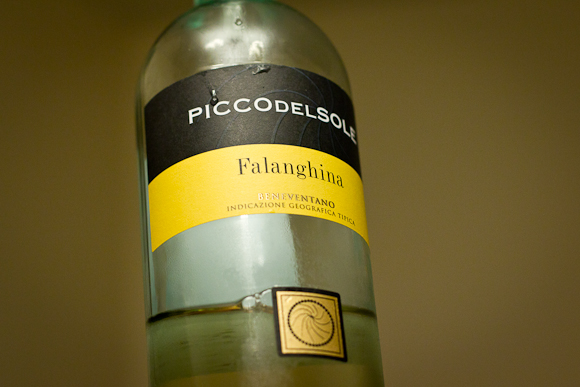I return to your screen, dear reader, revitalised by a brief sojourn to the city of Marrakech. A city where the streets are narrow and the mopeds are fast.
This is not the place for an exhaustive travel diary (indeed, there is no place for an exhaustive travel diary. Because that crap is boring as hell.) So I’ll limit myself to the tastes of Marrakech.
And what tastes, what tastes.
I think of bitter lacings of the chargrill, the zing of salt and lemon, the matt tang of cheese. Cinnamon, sugar, prune and lamb. Thrilling collisions of sweet and savoury.
And the wine? Well.
Wine ain’t all that easy to come by in Morocco. Religion’n’all, y’know? But most any restaurant seems to have a few bottles around.
 So, during our stay, we sampled Medaillon Sauvignon Blanc, Medaillon Cabernet Sauvignon and a Syrah the name of which I foolishly neglected to note. All were Moroccan.
So, during our stay, we sampled Medaillon Sauvignon Blanc, Medaillon Cabernet Sauvignon and a Syrah the name of which I foolishly neglected to note. All were Moroccan.
Impressions? Curious beasts, the lot of ’em — the white perhaps most odd of all (a slight tingle of fizz, stewy fruit, decaying blossoms), but all far from usual. A common feature seemed to be a whopping old dose of residual sugar (both reds had a mild whiff of communion wine to them), meaning that all three were far sweeter than you’d expect.
Finesse-wise, they were sorely lacking. But, you know what? In the context, they were damn nice. Perhaps simply because, after a day of being harangued, near-run-over, sun-beaten and bewildered, an alcoholic relaxant was delicious in any form. But also, I suspect, because Moroccan cuisine is so impressive in its marrying of the sweet and the savoury that many finer wines would’ve been entirely out of their depth. Paired with the food, all that sugar actually made a lot more sense.
And, y’know, sometimes (yes, it may sound heretical, but I’ll say it) — sometimes, the wine is just a backdrop.
Anyhow, normal reviewing service will be resumed shortly. Meanwhile, I cordially invite you to peruse my photographs of Marrakech, should you so desire…

















